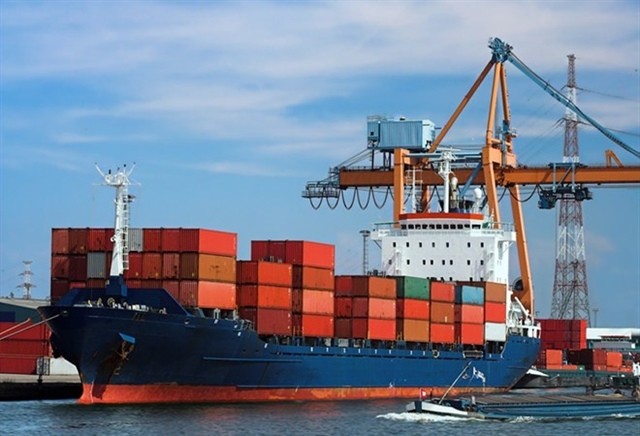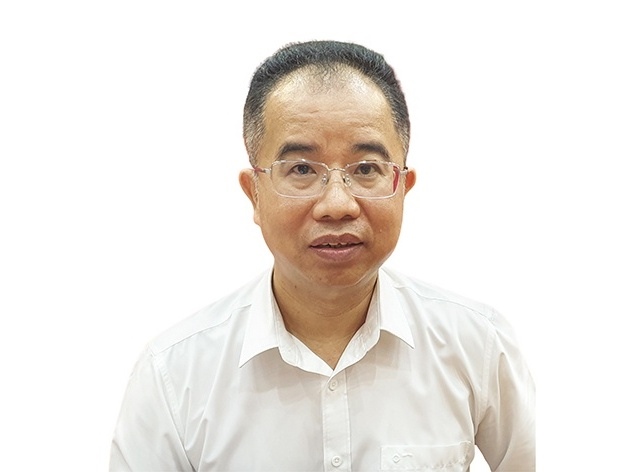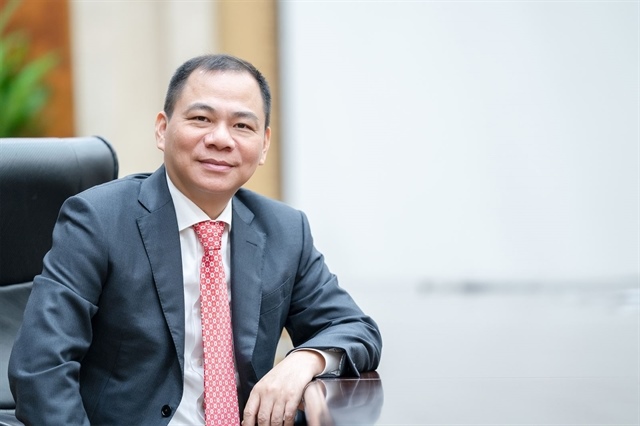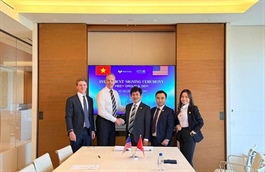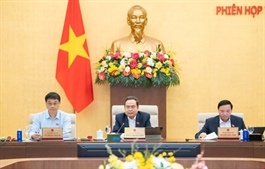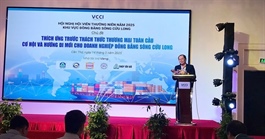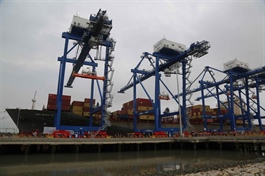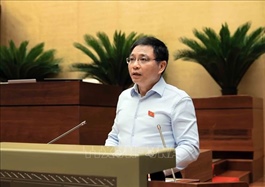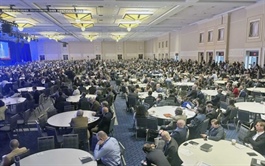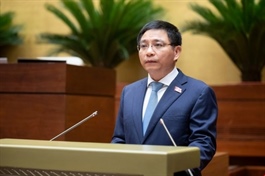Vietnam, Malaysia, and Indonesia are on US priority list
Vietnam, Malaysia, and Indonesia are on US priority list
The United States has prioritised negotiations with 20 nations, including Vietnam, Malaysia, and Indonesia, according to a report released by Maybank on May 16.
|
Thailand and the Philippines do not appear to be on the priority list. Singapore would not be seeking a lower reciprocal tariff rate (10 per cent), but is negotiating for concessions on pharma exports and access to high-end semiconductor chips.
The report pointed out that ASEAN countries have offered procurement commitments, lower tariffs and non-tariff barriers, and clampdowns on illicit circumvention. The 90-day pause for reciprocal tariffs ends on July 8, but will likely be extended. Under the current 'pause', Indonesia (15.8 per cent), and Vietnam (14.7 per cent) face higher effective US tariff rates given exemptions and sector tariffs, while Singapore (4.6 per cent) and Malaysia (9.2 per cent) face lower rates.
Trade talks between China and the US in Geneva on May 10 – 11 yielded a major de-escalation in hostilities. The US agreed to reduce its duties on most Chinese goods from 145 per cent to 30 per cent, and China agreed to cut its levies on US exports from 125 per cent to 10 per cent for 90 days while both sides iron out the details. China also unwound its non-tariff retaliatory measures against the US, which included rare earth export restrictions.
A de-escalating global trade war and more accommodating US approach are brightening the economic outlook and hopes for a positive outcome on the negotiations over reciprocal tariffs.
The US-China tariff deal has eliminated the worst-case scenario and risk of a global recession. An extended US-China détente will raise China’s 2025 GDP forecast to 4.5 per cent (from the current forecast of 4.2 per cent) and limit the downside risks to our ASEAN GDP forecast of 4.2 per cent in 2025.
US tariffs on China (at 30 per cent) will likely represent the new upper bound. Maybank's analysts expect ASEAN countries with reciprocal tariffs higher than the 30 per cent, which include Cambodia (49 per cent), Vietnam (46 per cent), Thailand (36 per cent) and Indonesia (32 per cent), to conclude a deal with reciprocal tariffs below 30 per cent and closer to the baseline of 10 per cent.
Sector-wide tariffs will likely be a more permanent feature, while reciprocal tariffs are negotiable and used as leverage to extract concessions. The Trump administration has already introduced sector tariffs of 25 per cent on autos, steel, and aluminium.
Sector-wide tariffs on semiconductors, pharmaceuticals, and electronics are expected to be introduced in the coming months. The national security investigations under Section 232 ended on May 7. Exemptions of electronics goods from reciprocal tariffs were especially important for ASEAN, as they accounted for 26 per cent of US imports from ASEAN. There may be preferential treatment for allies or cooperative countries, as the US-UK trade deal demonstrated with its UK steel exemption, and applied tariff-quotas to UK autos and beef.
In addition, Trump’s new AI rules will tighten export controls on advanced chips going to China, but may be more flexible with ASEAN as the tiering AI framework is dropped. Preferential access will be granted to countries which can protect supply chains against diversion. This will ensure that the US retains its large market and global AI dominance.
Quota-tariff rules may be applied for countries that cannot control diversion. A quota-tariff rule is less restrictive than an outright export ban (Tier 3) or quota (Tier 2). Flexibility was demonstrated in trade deals with the UAE and Saudi Arabia (both Tier 2) in importing advanced AI chips.
- 16:10 16/05/2025


